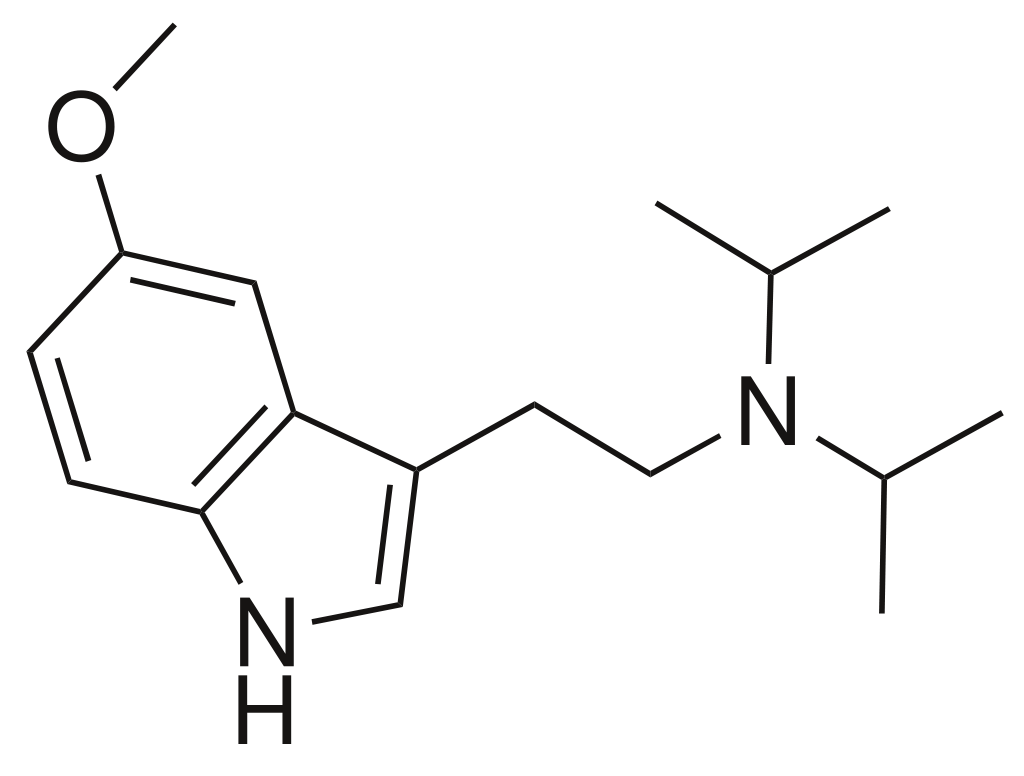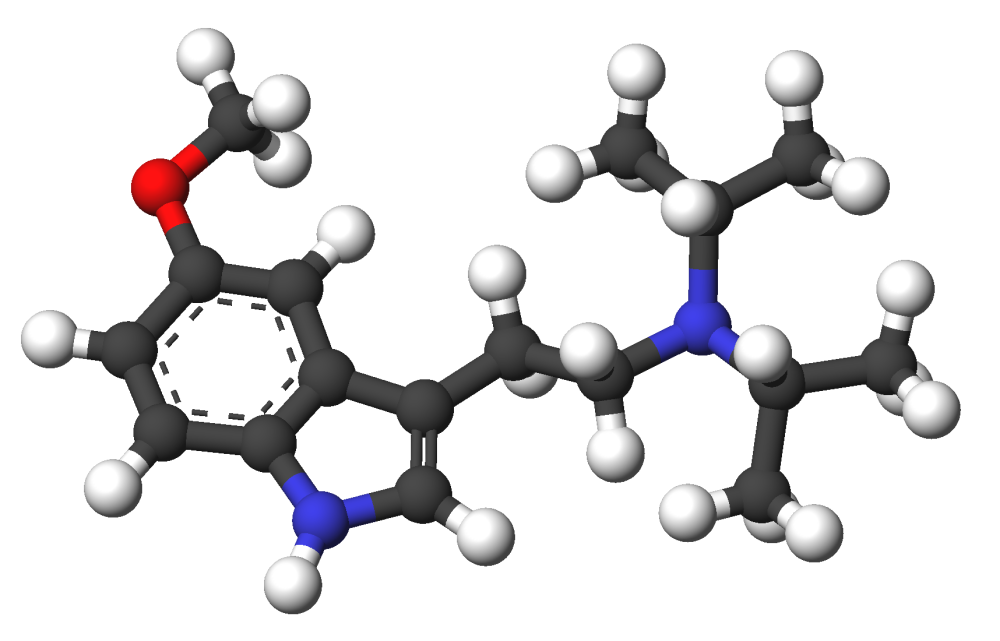The availability of 5-MeO-DiPT, a potent research chemical and designer drug, has raised concerns about the sellers operating online. While reputable vendors are in the research chemical market, caution is paramount when purchasing.
Online sellers offering 5-MeO-DiPT for sale can be a mixed bag. Some vendors prioritize safety, quality, and transparency, providing customers with accurate product information and ensuring compliance with legal regulations. However, not all sellers adhere to these standards.
One of the significant issues with some 5-MeO-DiPT sellers is the lack of regulation in the research chemical market. The absence of strict oversight allows unscrupulous vendors to flourish, potentially endangering their products’ customers. These sellers may misrepresent the chemical’s purity, leading to unintended consequences for researchers or individuals who consume it.
Another concern is the ethical aspect of selling research chemicals like 5-MeO-DiPT. While these substances are often marketed as “not for human consumption,” it is well-known that some individuals buy them with the intent of recreational use, circumventing legal constraints. This raises questions about sellers’ responsibility in preventing misuse and whether they are doing enough to discourage it.
Furthermore, the lack of comprehensive information about the long-term effects and safety profile of 5-MeO-DiPT underscores the importance of responsible selling practices. Ethical vendors should provide their customers with adequate warnings and educational resources, emphasizing the potential risks associated with these chemicals.
Contents
- 1 Summary
- 2 Pharmacology
- 3 Overdose
- 4 Drug prohibition laws
- 5 FAQ
- 5.1 1. What is 5-MeO-DiPT?
- 5.2 2. How is 5-MeO-DiPT typically used?
- 5.3 3. What are the effects of 5-MeO-DiPT?
- 5.4 4. Is 5-MeO-DiPT legal?
- 5.5 5. Are there risks associated with using 5-MeO-DiPT?
- 5.6 6. Can 5-MeO-DiPT be addictive?
- 5.7 7. Is there any medical use for 5-MeO-DiPT?
- 5.8 8. How can I stay safe if I choose to use 5-MeO-DiPT?
- 6 References
Summary
5-Methoxy-N, N-diisopropyltryptamine (commonly known as 5-MeO-DiPT, occasionally referred to as foxy methoxy or simply foxy) is a hallucinogenic tryptamine compound and represents the methoxy-substituted variant of diisopropyltryptamine (DiPT).
| Identifiers | |
|---|---|
| IUPAC name | |
| CAS Number | 4021-34-5 |
|---|---|
| PubChem CID | 151182 |
| DrugBank | DB01441 |
| ChemSpider | 133247 |
| UNII | 12D06G8W8E |
| ChEBI | CHEBI:48282 |
| CompTox Dashboard (EPA) | DTXSID00193209 |
| Chemical and physical data | |
| Formula | C17H26N2O |
| Molar mass | 274.408 g·mol−1 |

Pharmacology
The suggested mechanism responsible for generating the claimed hallucinogenic and entheogenic impacts of 5-MeO-DiPT is believed to stem from its activation of the 5-HT2A receptors primarily. However, other action mechanisms like monoamine oxidase inhibition (MAOI) may also play a role. Notably, 5-MeO-DiPT exhibits its highest receptor binding affinity at the 5-HT1A receptor.
It’s worth noting that 5-MeO-DiPT has been observed to be neurotoxic in rats.

Overdose
Excessive doses of this substance have led to clinical intoxication in several cases, displaying symptoms such as nausea, vomiting, agitation, low blood pressure (hypotension), dilation of the pupils (mydriasis), rapid heart rate (tachycardia), and hallucinations, primarily in young adults. Some of these overdose incidents can be linked to the prolonged onset of the drug’s effects. In such instances, individuals, especially first-time users unfamiliar with the substance, administered a second dose after initially experiencing no noticeable impact. In a particularly severe case, one young man experienced rhabdomyolysis and subsequent renal failure, while another individual tragically passed away within 3–4 hours following an apparent rectal overdose. Notably, at least one fatality has been attributed to the consumption of 5-MeO-DiPT.
Drug prohibition laws
Here are the legal statuses of 5-MeO-DiPT in various countries:
China: As of October 2015, 5-MeO-DiPT is classified as a controlled substance in China.
Denmark: It has been illegal in Denmark since February 2004.
Germany: 5-MeO-DiPT has been banned in Germany since September 1999.
Greece: It became illegal in Greece in February 2003.
Japan: Japan made it illegal in April 2005.
Singapore: The substance has been illegal in Singapore since early 2006.
Sweden: In Sweden, the Health Ministry and Statens folkhälsoinstitut classified 5-MeO-DiPT as a “health hazard” under the Act on the Prohibition of Certain Goods Dangerous to Health (Lagen om förbud mot vissa hälsofarliga varor) as of October 1, 2004, according to regulation SFS 2004:696. This classification makes it illegal to sell or possess.
United States: In the United States, on April 4, 2003, the Drug Enforcement Administration (DEA) added both 5-MeO-DiPT and alpha-methyltryptamine (AMT) to Schedule I of the Controlled Substances Act under “emergency scheduling” procedures. These substances were officially placed into Schedule I on September 29, 2004. Before its prohibition in the U.S., 5-MeO-DiPT was available for sale online along with psychoactive analogs such as DiPT and DPT, neither of which had yet been expressly outlawed.
FAQ
1. What is 5-MeO-DiPT?
5-MeO-DiPT, also known as “foxy methoxy” or simply “foxy,” is a psychedelic tryptamine compound and the methoxy derivative of diisopropyltryptamine (DiPT). It is known for its hallucinogenic properties.
2. How is 5-MeO-DiPT typically used?
5-MeO-DiPT is often ingested orally as a powder or as capsules. It can also be administered through other routes like insufflation or rectal administration, although these methods are less common.
3. What are the effects of 5-MeO-DiPT?
The impact of 5-MeO-DiPT can vary widely among individuals but may include altered perception, hallucinations, sensory distortions, and changes in mood and cognition. It is considered a hallucinogenic and entheogenic substance.
4. Is 5-MeO-DiPT legal?
The legal status of 5-MeO-DiPT varies by country and jurisdiction. It is illegal in several countries, including the United States, China, Denmark, Germany, Greece, Japan, Singapore, and Sweden. Laws and regulations can change, so it’s essential to check the current legal status in your area.
5. Are there risks associated with using 5-MeO-DiPT?
Yes, there are risks associated with using 5-MeO-DiPT. These may include nausea, vomiting, agitation, hypotension, mydriasis (dilated pupils), tachycardia (rapid heart rate), and hallucinations. Overdoses have been reported; in some cases, they have led to severe health consequences, including death.
6. Can 5-MeO-DiPT be addictive?
The addictive potential of 5-MeO-DiPT is not well-studied, but it is generally considered to have a low potential for physical dependence. However, like other hallucinogens, it can be psychologically habit-forming for some individuals.
7. Is there any medical use for 5-MeO-DiPT?
5-MeO-DiPT is not approved for medical use in most countries. Research on its potential therapeutic applications is limited and primarily classified as a recreational substance.
8. How can I stay safe if I choose to use 5-MeO-DiPT?
If you are considering using 5-MeO-DiPT despite its risks and legal status, it is crucial to prioritize safety. Always start with a low dose, be safe and comfortable, and have a sober and trustworthy person present. Avoid combining it with other substances, especially alcohol and drugs. Remember that the effects can be unpredictable, so exercise caution.
References
- Anvisa, in their resolution dated July 24, 2023, titled “RDC Nº 804 – Listas de Substâncias Entorpecentes, Psicotrópicas, Precursoras e Outras sob Controle Especial,” has outlined the controlled status of various substances, including 5-methoxy-N, N-diisopropyltryptamine (5-MeO-DiPT), in Brazil. This information was published in the Diário Oficial da União on July 25, 2023, and archived on August 27, 2023.
- Research conducted by Narimatsu and colleagues in April 2006 sheds light on the oxidative metabolism of 5-MeO-DiPT, commonly known as “Foxy,” in human liver microsomes and recombinant cytochrome P450 enzymes. This study provides insights into the metabolic processes of this substance.
- In March 2007, Nagai and colleagues investigated the effects of non-medically used psychoactive drugs, including 5-MeO-DiPT, on monoamine neurotransmission in the rat brain. Their research explores how such substances affect neurotransmitter systems.
- A study by Ray in February 2010 delves into the interaction between psychedelics, including 5-MeO-DiPT, and the human receptorome. This research examines the complex relationship between these substances and human receptors.
- Noworyta-Sokołowska and colleagues, in November 2016, conducted a study on the neurotoxic effects of 5-MeO-DIPT, a psychoactive tryptamine derivative, in rats. Their research provides valuable insights into the potential neurological impact of this substance.
- Baselt’s work, as documented in the 8th edition of “Disposition of Toxic Drugs and Chemicals in Man” (2008), contains information about 5-MeO-DiPT, including its disposition and potential toxicity in humans.
- In November 2006, Tanaka and colleagues reported a fatal poisoning involving 5-methoxy-N, N-diisopropyltryptamine, commonly called “Foxy.” This forensic study underscores the potential risks associated with using this substance.
- China’s Food and Drug Administration issued a notice on September 27, 2015, titled “关于印发《非药用类麻醉药品和精神药品列管办法》的通知” (in Chinese), which outlines the regulation of specific non-medical anesthetic and psychotropic substances, including 5-MeO-DiPT, in China.
- Lastly, the legal status of 5-MeO-DiPT in Sweden can be found in a document archived on the notisum.se website. This resource offers insights into the regulatory framework surrounding this substance in Sweden.